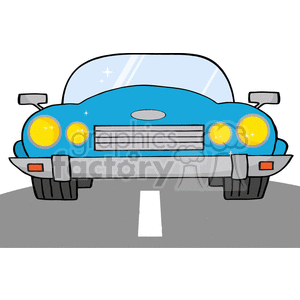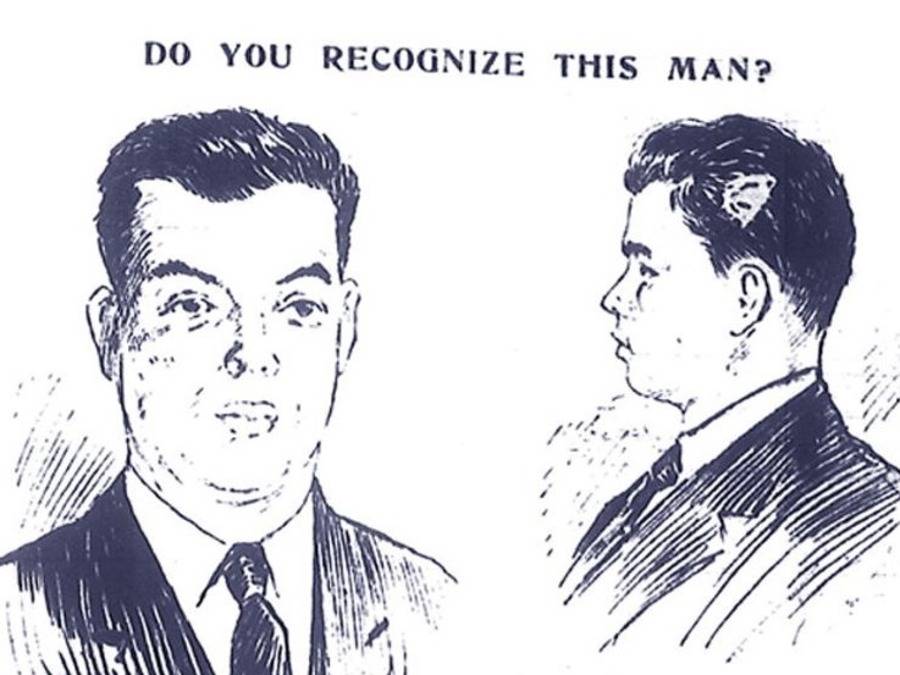Driving in the Dark

December 24, 2018
As we go forward toward the end of this year, we start to see the changing of the weather. The roads are getting icy, the sun is setting sooner, and you may have noticed that you need a raincoat more often than usual. Something to keep in mind as the weather conditions around here change is to be aware of how these things change driving conditions. Since most of the upperclassmen drive to and from school and more people are walking home at night after school related events it’s important to update your road safety skills.
One of the first things to keep in mind about driving with the earlier sunset times is that judging speed and distance becomes difficult at night, but there are ways you can figure it out. Get in the habit of checking your speedometer regularly as you drive, especially if it’s raining, and use your best judgment when waiting at a turn with oncoming traffic. It’s also helpful to remember and be aware of school zones or places where lots of people are walking at night, like in town around restaurant closing times. Another major factor of driving judgment in changing weather is to make sure you have as much visibility as possible. Keep your windows clean and clear with windshield wiper fluid, new blades, and a working defrost feature. Keeping an ice scraper in your car at all times can also be a major time saver in the mornings when your window is frosted over.
Besides your own visibility you want to make sure other drivers can visibly see you in return. Get into the habit of using your headlights a few hours before sunset to help other drivers see you when it’s not quite dark out. Many driving schools actually recommend keeping your headlights on at all times of the day no matter what weather pattern there is as an extra precaution. Headlights draw the eye no matter how bright it is outside. Check your car’s headlights for burned out bulbs regularly and it might be helpful to keep a spare bulb in the glove compartment of your car incase one goes out when you’re out driving in low visibility. You should also make sure as your car gets older that the headlights don’t become foggy, which is a common problem that reduces the brightness of your headlights. Never use your bright lights in town and if you’re using them on backroads always remember to turn them off when cars drive past you so you don’t blind other drivers.
An exciting thing that comes with winter that everyone seems to wish for is snow and ice, but both of those things make driving difficult. You don’t want your morning commute to turn into a game of bumper cars. In cold weather with heavy snow many car owners opt to put snow chains on their vehicle, but for lighter conditions like the ones around here a set of winter tires would work better, since driving with chains on smoother roads decreases handling control. When driving in the snow or in icy conditions it’s standard behavior to slow down, break and accelerate slowly, and increase your following distance from the car in front of you. If you do start to slide on the road don’t panic, take your foot completely off the accelerator, and try to turn the front tires in the direction that the rear of the car is going to increase friction.
Rain is no stranger in Oregon so it happens to be the road condition that most drivers around here are used to. Newly licensed drivers and permit holders, however, might not have as much experience and shouldn’t treat heavy rain as normal driving conditions. Simple things you can do to drive safer in rain is to increase the stopping distance between the car in front of you, slowing down on sharp turns, and leaving your house early so you don’t feel rushed as your driving. If you do hit a section of still water on the road there is a risk of hydroplaning, which is a term for when your tires lose contact with the road and you slide. If this happens you should remain calm as you steer the car in the direction you want to go, and wait for the sliding to stop. You should wait to pump the brakes lightly until after the slide has stopped if you can. Never slam on the breaks during a hydroplane as you could lose even more control of your car.
You may be wondering how all this applies to you if you don’t have a set of wheels. How do you stay safe when the only traffic you’re in is foot traffic? As a pedestrian, it’s important to keep in mind how to keep yourself just as safe as people driving on the roads. It’s common knowledge that you have the right of way in crosswalks, but people do make mistakes frequently and often don’t look before they turn through intersections. Your chances of a driver seeing you cross the road if you aren’t even at a crosswalk also goes down significantly, so choosing to jaywalk is never a smart choice. Earlier sunset times also change how drivers see you later in the day and if you know you’ll be walking outside during darker daylight hours try a reflective coat or light colored clothes. Avoid black if you can, it can camouflage you against your surroundings.
As a community, we must keep road safety in mind as we go forward with the new year. Making small efforts to keep each other safe is the best way for our town to live during this holiday season and can put everyone’s mind at ease as they travel to be with their families.









































































































































